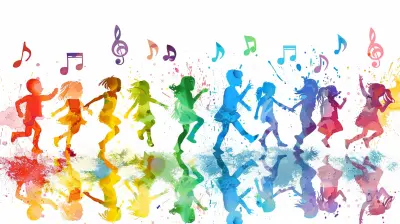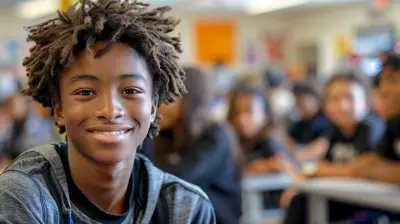Why Creative Classrooms Produce Kinder, More Empathetic Students
21 August 2025
Education isn’t just about memorizing facts or solving equations. It’s about shaping well-rounded individuals who understand, appreciate, and empathize with others. Imagine a world where every child grows up with a deep sense of kindness and connection to those around them. Sounds incredible, right? Well, creative classrooms might just be the key to making that vision a reality.
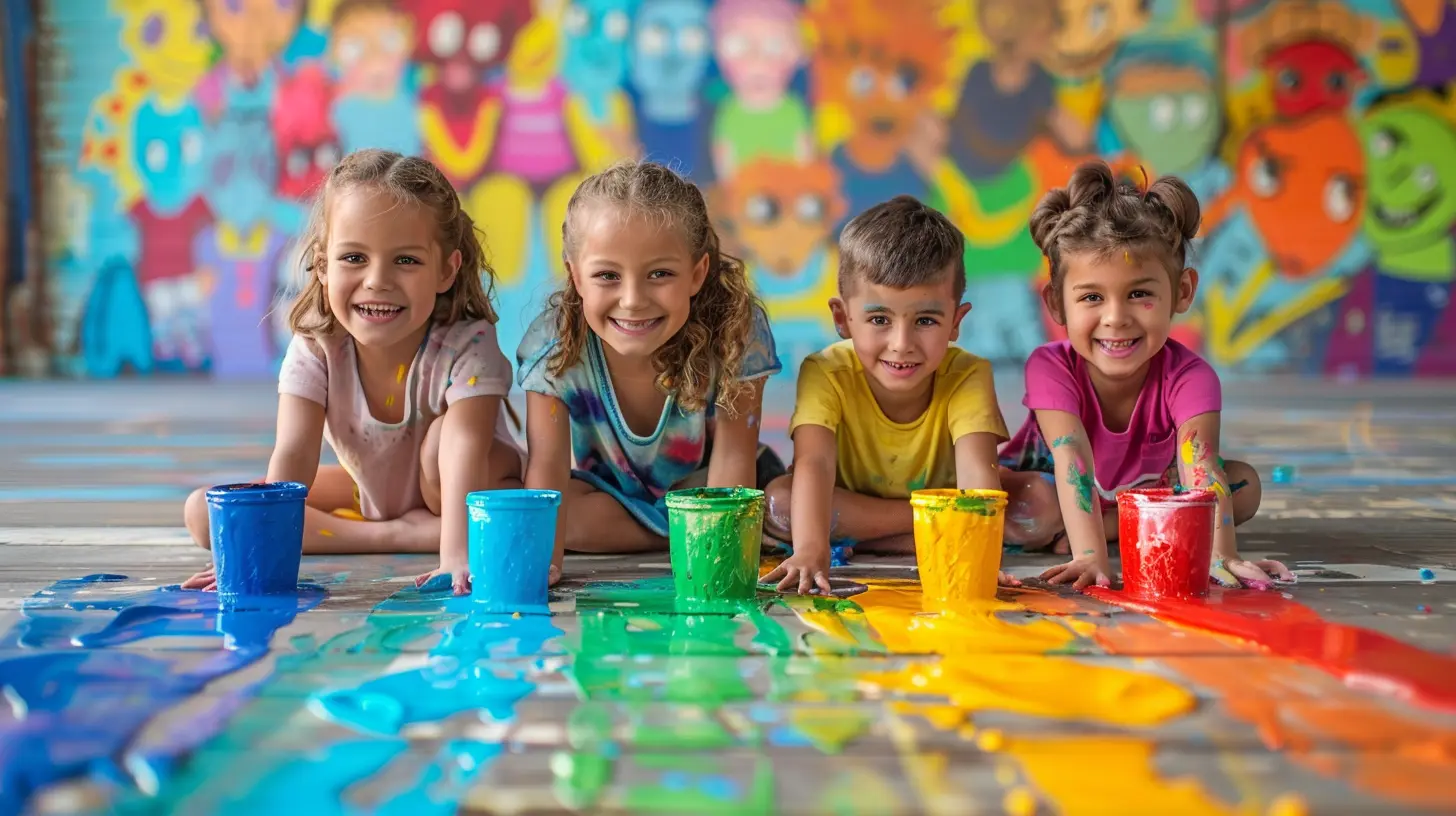
The Power of Creativity in Education
When we think of creativity, we often picture art projects and music classes. But creativity isn’t limited to drawing or playing an instrument—it's a way of thinking, a mindset that encourages curiosity, expression, and problem-solving. Creative classrooms use this approach to engage students in learning while also fostering emotional intelligence.But why does this matter? Because students who learn in creative environments tend to be more compassionate and understanding. They become better listeners, stronger collaborators, and open-minded individuals who appreciate diverse perspectives.
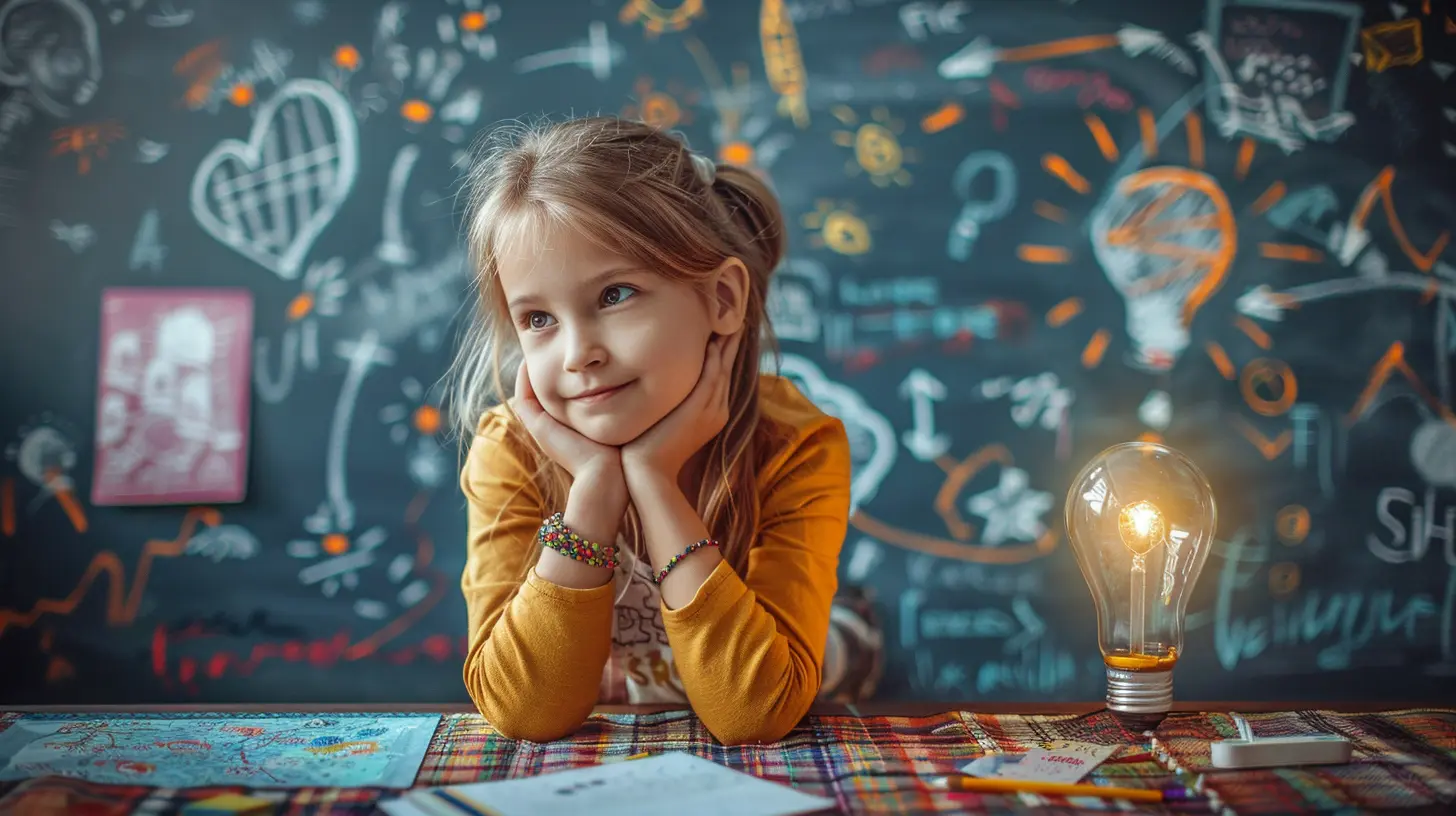
How Creativity Promotes Kindness and Empathy
1. Encouraging Self-Expression and Emotional Awareness
Creativity allows students to express themselves in ways that traditional academic methods might not. Whether through storytelling, drama, music, or painting, students have an outlet to communicate their thoughts and emotions.Self-expression is critical for emotional intelligence. When children articulate their feelings, it helps them recognize and process their emotions better. In turn, this makes them more receptive to understanding how others feel. When a child writes a poem about loneliness or draws a picture depicting joy, they not only reflect on their emotions but also develop empathy for others experiencing similar feelings.
2. Role-Playing and Perspective-Taking
One of the most powerful tools in a creative classroom is role-playing. Through skits, debates, and storytelling, students step into someone else’s shoes—even if just for a moment. Acting out real-life situations forces children to think from another person’s perspective, fostering deep understanding and compassion.For example, having students act out a scene where someone is being bullied and then discussing emotions involved helps them grasp the impact of their words and actions on others. This experiential learning sticks with them much longer than a simple lecture on "why bullying is bad."
3. Collaborative Projects Foster Teamwork
Ever tried building a tower out of spaghetti and marshmallows as a team? These fun, interactive projects teach more than engineering principles—they develop social skills and teamwork.When students engage in group creative tasks, they learn how to communicate, listen, and compromise. They experience firsthand the importance of supporting others and sharing ideas. The process naturally promotes kindness because no successful collaboration happens without respect and consideration for teammates.
4. Storytelling Creates Connections
Storytelling is one of the oldest and most effective ways to build empathy. When children read stories or create their own, they connect with characters and learn from their struggles and triumphs.A well-crafted story can make students feel the joy of success, the pain of loss, or the excitement of adventure—all through another character's eyes. As they engage with different narratives, they begin to understand emotions beyond their own experiences, making them more compassionate individuals.
5. Art as an Emotional Outlet
Art provides a nonverbal way for students to communicate emotions they might not have the words for. Through painting, sculpture, or music, children can express joy, sadness, frustration, or hope. Recognizing emotions in their own work or their peers' creations deepens emotional intelligence and encourages empathetic interactions.When students appreciate that others also have emotions and struggles, they are more inclined to offer support and kindness rather than judgment or indifference.

The Science Behind It
Research supports the idea that creativity enhances emotional intelligence and social skills. Studies show that engaging in creative activities activates parts of the brain associated with empathy, problem-solving, and communication.Additionally, classrooms that prioritize the arts and creative thinking report lower levels of bullying and higher levels of student collaboration. When kids feel emotionally connected, they are less likely to act out negatively toward others.
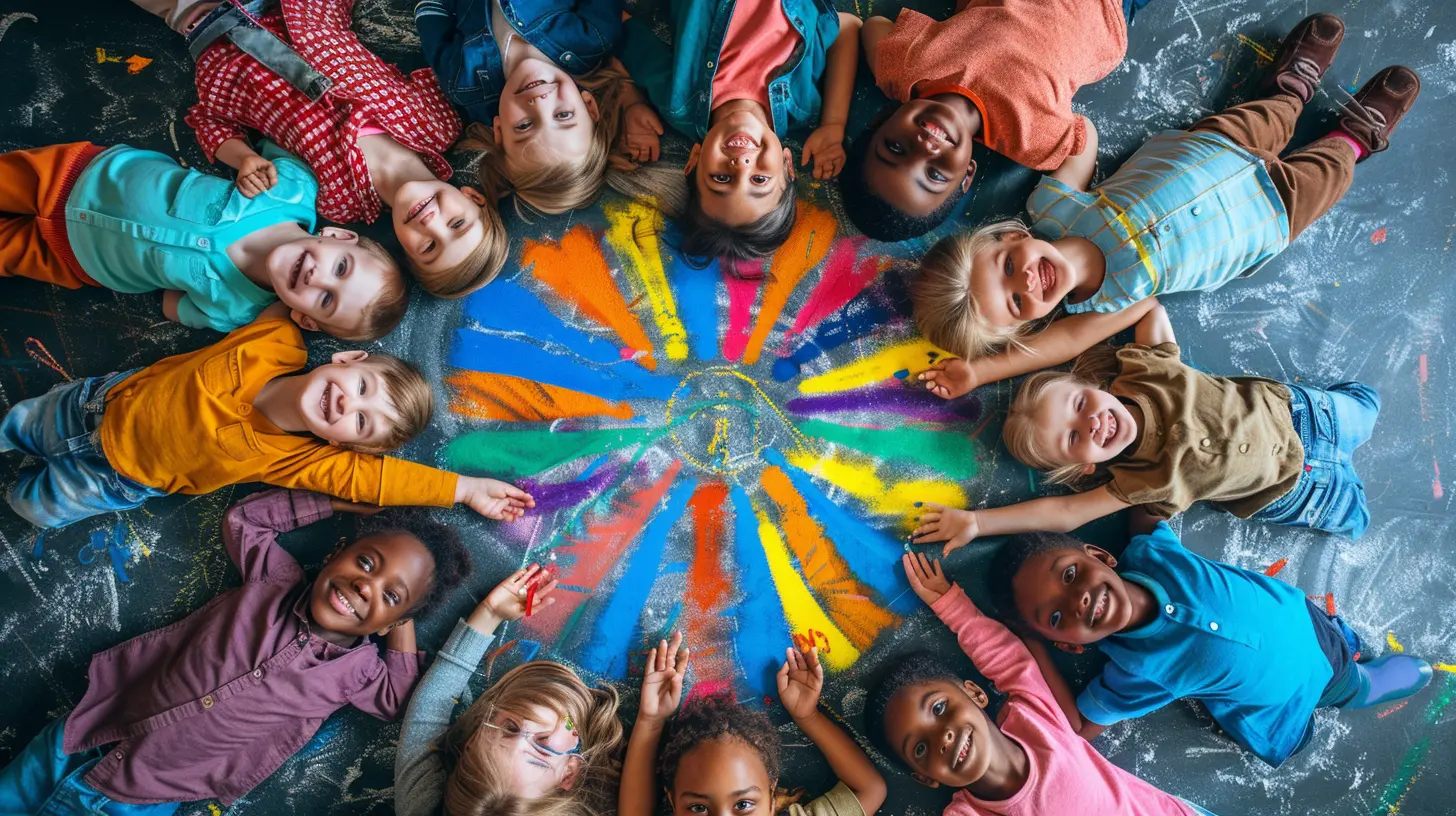
How Teachers Can Cultivate Creativity and Empathy
If you’re an educator, you might be wondering: how can I incorporate more creativity into my classroom? Here are some simple yet powerful ways:- Encourage Open-Ended Questions – Instead of just looking for the “right” answer, ask questions that inspire imagination.
- Incorporate Creative Writing – Let students write fiction, poetry, or journals expressing their perspectives.
- Use Music and Art – Even in subjects like math and science, creative activities like drawing models or writing songs about concepts can make learning more engaging.
- Promote Group Discussions – Encourage students to share their thoughts and listen to others' viewpoints without judgment.
- Introduce Role-Playing Exercises – Create scenarios where students can act as historical figures, characters from books, or even abstract ideas.
- Encourage Problem-Solving Activities – Give students real-world challenges that require teamwork and creative thinking.
The Long-Term Impact of Creative Learning
Students who grow up in creative classrooms don’t just become better learners—they become better people. They enter adulthood with strong emotional intelligence, compassionate hearts, and a mindset that values collaboration over competition.Think about the kind of leaders, friends, and community members we need in the future. Don’t we want people who treat others with kindness, understand different perspectives, and work together to solve problems? Fostering creativity in classrooms today can lead to a more understanding and compassionate society tomorrow.
Final Thoughts
At the heart of education should be the goal of not just raising intelligent minds but kind and empathetic hearts. Creativity is more than just an artistic talent—it is the bridge to understanding, compassion, and connection. By fostering creative classrooms, we aren’t just teaching students how to think outside the box; we’re teaching them how to care, listen, and uplift those around them.And in a world that could always use more kindness, that’s an education worth striving for.
all images in this post were generated using AI tools
Category:
Creativity In EducationAuthor:

Eva Barker
Discussion
rate this article
1 comments
Blaine Barnes
Love this! Creative classrooms truly nurture empathy and kindness, shaping students into compassionate individuals. Let’s inspire more imaginative learning environments together—every little spark counts! 🌟
September 7, 2025 at 11:49 AM

Eva Barker
Thank you! I completely agree—creative classrooms are essential for fostering empathy and kindness in students. Together, we can make a difference! 🌟
